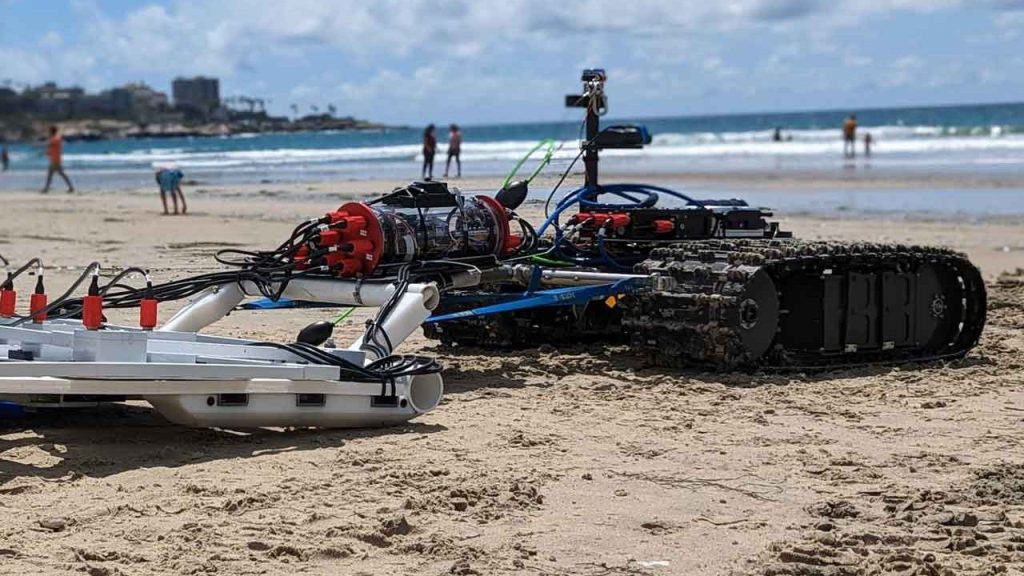UXO – Case Study
Demonstrating Success Using the Bayonet 250 in UXO Survey to Locate Buried Munitions in Nearshore Environments
The Problem
Unexploded Ordnance (UXO) is a term used internationally to represent explosive devices that have not detonated as intended. These devices are usually military munitions such as landmines, grenades, bombs, etc., but it can also include explosives used in construction and land development projects. These explosive devices have been primed for action and deployed, but they did not detonate for different reasons (usually malfunction). These devices become an issue when they are located in an area that is deemed an unacceptable risk to the local population, structures, or current operations.
Ocean disposal of munitions was an accepted international practice until 1970, when it was prohibited by the Department of Defense. Between wars and disposal, there is an estimated 1.624M tons of UXOs in the worlds oceans with about 35.5K tons off the east coast of the US.

The Challenge
Find a lost munition in a known location within a very short time frame which would test the feasibility of using a Bayonet crawler to identify and location UXOs.
Greensea IQ successfully demonstrated the power and flexibility of OPENSEA to rapidly integrate and deploy a sensor suite for the task while showcasing the capabilities of the Bayonet 250 AUGV to detect, identify, and neutralize naval mines and other explosive hazards in the challenging surf and beach landing zones.

The operation lasted eight days and covered 18 square kilometers in depths of up to 10 feet and amidst wave heights of four to six feet in the challenging surf zone. During this mission, and running up to four sorties a day, the Bayonet 250 provided a stable and reliable platform for conducting the survey; it included a towed sled equipped with White River Technologies‘ (WRT) marine APEX technology, which seamlessly integrated into Greensea IQ’s software platform, OPENSEA.
The rapid integration of the sensor sled facilitated the detection and classification of objects, with a buried depth of up to three meters based on material composition.
Demonstrated Success
Throughout the eight-day mission that covered 18 square kilometers, the Bayonet 250 successfully identified and subsequently confirmed buried targets based on burial depth and signal signature, highlighting its ability to detect and identify explosive hazards in both the surf and on beach landing zones. The collaboration between Greensea IQ and White River Technology resulted in an exceptional demonstration that further solidified their position as industry leaders in marine and underwater operations.
Bayonet 250 System
- Proven surf zone survey platform
- Speed up to 1.5 kts, depth up to 100 MSW
- Endurance up to 10 hours
- OPENSEA for autonomy, GNC & C2
- GS4 INS + DVL aided track odometry
- Obstacle avoidance
- MLO ATR detection
WRT APEX System
- Electromagnetic induction
- ISO/IEC-17025 accredited
- UXO signature classification
- Up to 90% clutter rejection
